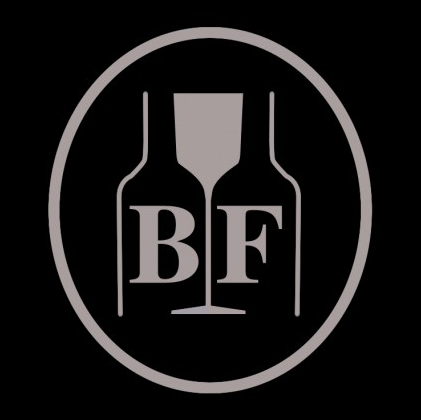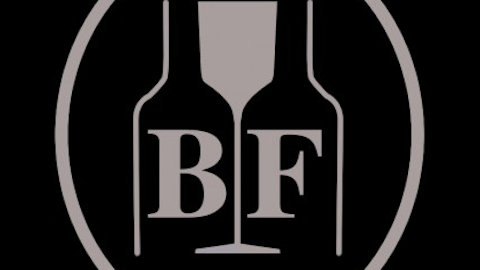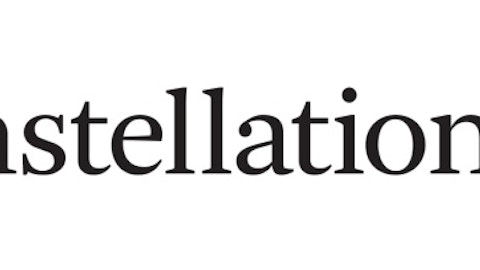Only sparkling wines produced with grapes from the Champagne region of France can call themselves “champagne,” while only dressings that use egg as an emulsifier can only identify themselves “real mayonnaise.” Such regulations are called “standards of identity” that determine what a food product must contain to be marketed under a certain name. That generally affords consumers protection by knowing the food or beverage they’re buying really is what the label says it is. Increasingly, however, companies are using the standards to win a competitive edge over their rivals.
Last month the state of Tennessee passed a bill codifying what can be called “Tennessee whiskey,” a move that has but one real beneficiary, Jack Daniel’s maker Brown-Forman Corporation (NYSE:BF.B).

While the federal Alcohol and Tobacco Tax & Trade Bureau has never officially defined Tennessee whiskey, when the U.S. entered into the North American Free Trade Agreement, along with recognizing Canadian whisky (yeah, they spell it differently) and tequila as products unique to Canada and Mexico, respectively, our whiskey product was defined as “a straight Bourbon Whiskey authorized to be produced only in the State of Tennessee.”
Jack Daniel’s itself says what makes Tennessee whiskey special is the so-called Lincoln County process, the filtering of straight bourbon whiskey through charcoal prior to barreling, which mellows what otherwise might be considered the harsh taste of unaged whiskey. It’s what sets Tennessee whiskey apart from actually being called bourbon. Like champagne in France, bourbon is generally only allowed to be called that if it’s made in the United States, though it’s most commonly associated with Kentucky, where BEAM Inc (NYSE:BEAM) distills its Maker’s Mark and Jim Beam brands.
Of course, American whiskies shouldn’t be confused with Scotch whisky (usually referred to as just scotch), which must be made according to laws in Scotland, or Canadian whisky, typically called rye, as there are a whole other set of regulations regarding its distillation (BEAM Inc (NYSE:BEAM) gets a double benefit with the production of its Canadian Club brand of whisky there).
While Diageo plc (ADR) (NYSE:DEO)‘s George Dickel whisky can also ride the new law’s coattails, Brown-Forman Corporation (NYSE:BF.B) is enjoying unprecedented demand for Old No. 7. Volumes continue to rise as they have for two straight decades, but demand jumped 7% last quarter and the distiller is expanding its facilities to keep up with it. The new stills and warehouses will allow it to increase production capacity by 15% to 20% using the same source spring that’s made the brown liquor famous.
It’s not just domestic demand that’s growing, either, but international sales, too, and they account for more than half of the distiller’s total revenues. Similarly, BEAM Inc (NYSE:BEAM) saw volumes surge 18% for its Maker’s Mark, on top of the 44% surge in sales earlier this year when it was thought it might water down the whiskey’s alcohol content. Diageo plc (ADR) (NYSE:DEO), for its part, saw U.S. spirits sales rise 8% this past year as whiskey, scotch, and vodka bounced higher.
Between Brown-Forman Corporation (NYSE:BF.B), BEAM Inc (NYSE:BEAM), Diageo plc (ADR) (NYSE:DEO), and a handful of other distillers, 90% of the whiskey consumed in the U.S. is produced primarily in Tennessee and Kentucky. So why does Jack Daniel’s need regulatory protection if it’s so dominant? In short: the rise of craft distillers.
Like Boston Beer helping to transform craft brewers and leading to a revolution of the beer industry, enjoying popularity the mass brewers can’t match, craft distillers are riding a wave of growth that should see their numbers spread to 1,000 by 2015, according to the American Craft Distillers Association, a major expansion from the 400 in existence today.




